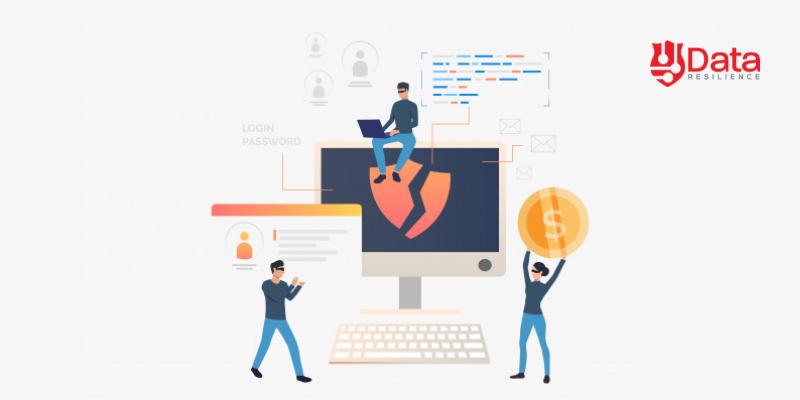An information rupture, or information spill, is a security criterion in which protected information is hacked into or stolen by unapproved watchers. An information rupture is not quite the same as data loss which is when information can never again be retrieved on account of hardware failure, deletion or any other reason.
On the other hand, protected information can incorporate data about individual clients or office-goers, for example, personal identification data (PII), individual healthcare data, installment card data and Social Security numbers. It can likewise incorporate corporate data or licensed innovation (IP, for example, exchange insider facts, insights regarding fabrication procedures, provider and client information, data about M&A (mergers and acquisitions), or information about claims or some other suit.
Information ruptures need not be deliberate always. Clients can inadvertently send protected information to an inappropriate email deliver or transfer it to an inappropriate client. Such botches represent 17% of breaches, as indicated by the outstanding Verizon’s 2018 Data Breach Investigation Report. In any case, the report found that most ruptures are conscious and monetarily propelled. While various techniques are utilized to access delicate information, 28% of breaches include insiders, as per the Verizon report. Organizations in each industry are sitting ducks to a cyber threat.
Various sources characterize various sorts of data breaches. Here, they are grouped accordingly:
Cyber Attacks: Hackers use malware, phishing, social building, skimming and related systems to access secured data.
Robbery or Loss of Gadgets: Laptops, cell phones, thumb drives and other data storage devices can be lost, taken or discarded inappropriately. In the event that they contain secured data and it winds up in an inappropriate hands, that is a data breach.
Employee data burglary or information spill: Employees, particularly those individuals who are leaving soon, may intentionally get to secured data without approval with malevolent designs.
Human mistakes: Mix-ups occur, and individuals are careless. Workers incidentally send exclusive information to an inappropriate individual, upload private information having public status or misinterpret servers wrongly where it is put away.
Consequences of data breaches:
The outcomes of an information break are most often serious and can have a lasting impact in four key regions:
Money related: Organizations for the most part face considerable money related misfortunes, including administrative fines and repayment installments. They frequently observe a drop in their valuation too, as in the instances of Yahoo and Uber. What’s more, they can lose future income, particularly if IP( Intellectual Property ) is breached on the grounds that it regularly prompts the loss of competitive edge and loss in market valuation.
Legitimate: At whatever point a break includes any sort of personal data, organizations are probably going to confront legal claims. Now and again, specialists can forbid organizations from playing out specific tasks, as happened to Heartland in January 2009, when it was regarded out of consistence with PCI DSS and denied from preparing installments with significant credit card suppliers until May 2009.
Reputational: It tends to be hard to assess how a lot of harm a break does to an organization’s infamy, however the harm is quite permanent. Also employees and officials can be terminated or compelled to leave to stem the damage.
Operational: Information ruptures frequently upset typical activities, particularly during the examination procedure. Also, a few data breaches include the total loss of significant information, which is particularly excruciating in light of the fact that it requires some investment to repeat the information.
For more information, visit www.dataresilience.com.au or drop us a note at [email protected]


